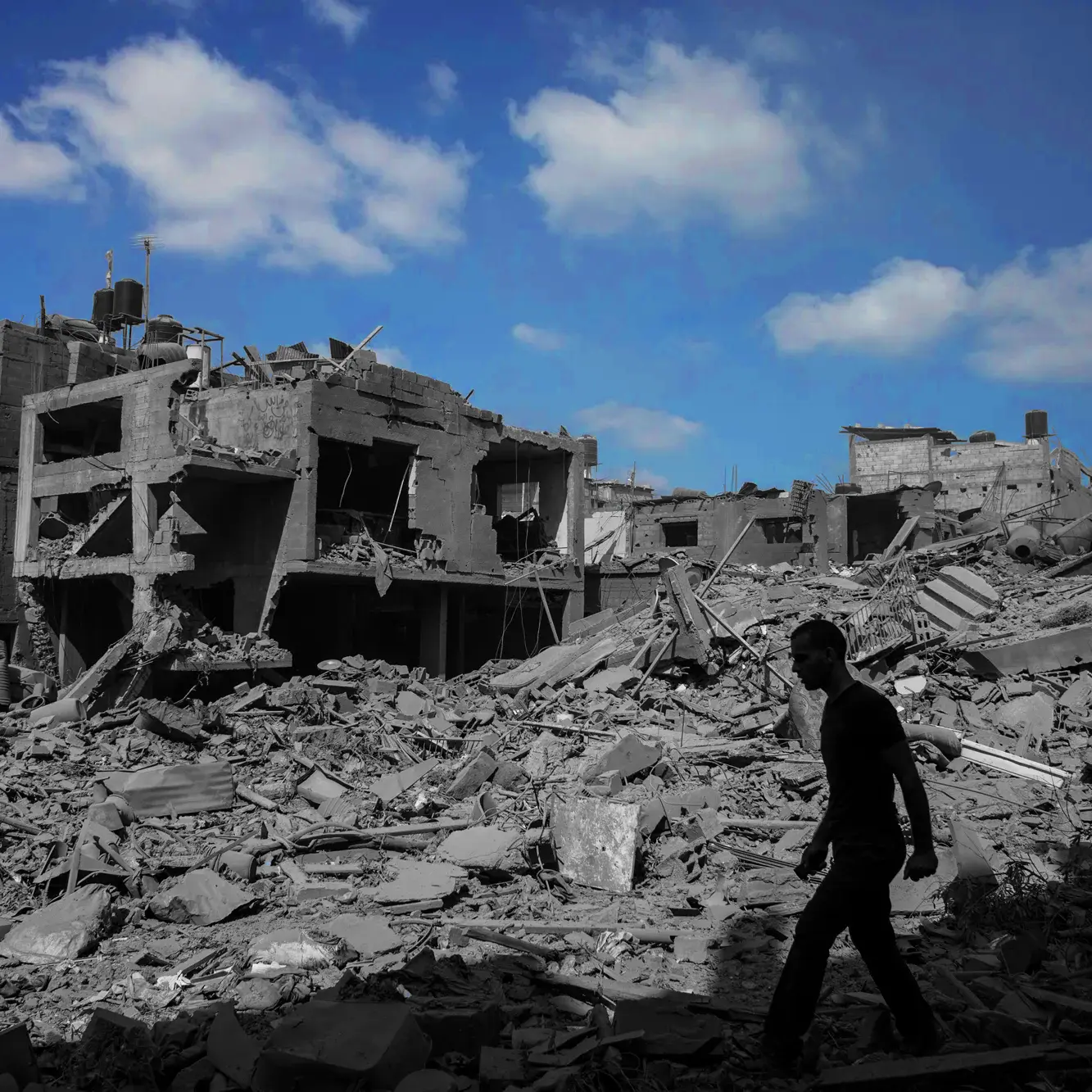Many Ukrainian brigades have at least one, and often several, amputee soldiers still on active duty — men who returned to combat out of a sense of duty amid the grim outlook for their country.
I dunno man. When Russia sends crippled men to the front it’s desperate and pathetic, when Ukraine allows it it’s honorable and inspiring?
That guy pictured has no hands. I just don’t see how he can overcome that to the point where he’s not a liability and danger to himself and his comrades.
I don’t think this is being framed as inspirational in the article, it’s just a depiction of grim determination in the face of an awful situation. I do think that the Ukrainian instances are more “honourable”, for whatever is worth, because Ukraine didn’t start this and also doesn’t have the same option to just stop it that Russia does, but honour isn’t really the point
Regarding the guy in the first photo, Sgt Rubliuk: he’s in a training role now. He’s a officer, the photos are described as being in training situations, and in the second photo of him he seems to be correcting someone else’s posture with a gun. He probably does have quite a lot of experience that he can share with trainees, and he doesn’t need to be able to pull a trigger to do that
Rubliuk rejoined the special forces last spring as a senior sergeant in the Artan intelligence unit, training new soldiers and monitoring enemy drones
When Russia
sendsforces crippled men to the front it’s desperate and pathetic, when Ukraine allows it it’s honorable and inspiring?FTFY
I suggest you volunteer with the War Amps (edit: or equivalent Amputee support organization) to broaden your understanding of what is actually possible by people with human spirit.
It’s a very different thing to give the amputee crutches and to give them high-quality prosthetics. The Ukrainians you refer to as “cripples” aren’t really cripples, because they can move almost normally. Also, they are used very differently: Russian troops need to advance on foot, Ukrainian troops need to arrive to a location in a vehicle and stay to defend it.
I wouldn’t say the two cases are very similar at all.
FTR I did not refer to them as cripples.
Amputees can absolutely accomplish a lot and live fulfilling lives. But it is a disability at the end of the day. No professional military would allow amputees into combat arms unless their recruiting pool was in danger of collapse. Which, after almost 3 years of war, it likely is, for both sides.
Amputees can absolutely accomplish a lot and live fulfilling lives. But it is a disability at the end of the day. No professional military would allow amputees into combat arms unless their recruiting pool was in danger of collapse. Which, after almost 3 years of war, it likely is, for both sides.
There’s a long history of doing just that, both for reasons of experience retention and because recruitment is almost never flooded with quality recruits, beyond the occasional initial outburst of enthusiasm. Recruitment doesn’t need to be anywhere near collapse, for either side.
The reason why we aren’t used to it is because most of the wars we’re culturally familiar with in the past ~90 years have been reliant on power projection, wherein the fighting capacity of every individual must be maximized relative to their logistical footprint - when you can only send 50 men to a position in the next 24 hours, you send the top 50 you can get. Furthermore, many of the wars Americans are familiar with in the past ~75 years have been heavily reliant on maintaining good PR and low allied casualties - injured troops going back into combat are a bad look for a cause that might already not be wildly popular. “We are winning easily with no problems” is the narrative that must be peddled there for an unpopular cause - for Ukraine, it is “We are fighting for our existence”, so that particular PR point is less important.
Ukraine is fighting on its home turf, and Russia is fighting on its own border - sustaining an amputee at home or at the front have similar costs, but dissimilar benefits for veteran volunteers. There’s no Atlantic or Pacific Ocean between home and the front to make getting a man or his needs from point A to point B prohibitively expensive.
In fact in this case: “when our troops suffer disabling injuries defending their homes we provide them with prosthetics and some choose to return to service” is powerful propaganda. It tells people that if they take up arms they won’t be seen as disposable cannon fodder but as valuable troops whose sacrifices will be honored and who will be taken care of to the best of the ability of the country.
If you’re a conscript who’s being trained by a special forces member with prosthetic hands you know that not only does he care enough to maintain service, but they gave him prosthetic hands, and they put in the effort to keep him alive in a situation that cost his hands.
Removed by mod
This is actually very important news that is contrary to what I have thought! The Russia mostly is not able to give prostethic legs to its wounded soldiers, Ukraine is. That changes the military loss ratios dramatically!
The ratio of total military losses between Ukraine and the Russia has been around 1:2½, while the ratio between populations is 1:3½. However, the ratio between dead is 1:4½. Anything where the ratio is smaller than the population ratio is favouring Ukraine. Now, if a sizable amount of the non-dead military losses in Ukraine are able to return to duty, then a large share of those are not military losses at all! That would mean that even in the number of military losses including the wounded Ukraine is doing better than the Russia. What share of the “irrecoverable” wounds are losses of limbs? Does anyone know?
It probably doesn’t change the losses dramatically. Amputees often suffer from other issues, and it’s not every person who has the wherewithal within them to go back into the battlefield after losing a limb. These are brave men and women who choose to do so, but it’s doubtful that they’re the norm - or even numerically significant.
Hm… A brigade consists of 3000 to 7000 soldiers. And the article says “many” have one or several amputees. That would mean something between 1 in 7000 and 5 in 3000. Yeah, that’s in the ballpark of a tenth of a percent or a hundredth of a percent. True, not terribly significant. Though, many of them are probably good trainers!




